Lawn and Garden
-

A handy reference for the causal agents, susceptible turfgrasses, conditions promoting disease, symptoms, and control of: brown patch, dollar spot, Pythium, Helminthosporium leaf spot, fading out, gray leaf spot, fairy ring, take-all root rot, rust, slime mold, and nematodes.
Alfredo Martinez
|
-

C 1003
Centipedegrass Decline
Centipedegrass is ideal for the homeowner who wants a lawn that needs little care. It can be established by either seed or vegetative parts and does not require much fertilizer. Compared to other lawn grasses, it is moderately resistant to insects and diseases. Although centipedegrass is a relatively low maintenance grass, proper management is still required.
Clint Waltz and Alfredo Martinez
|
-
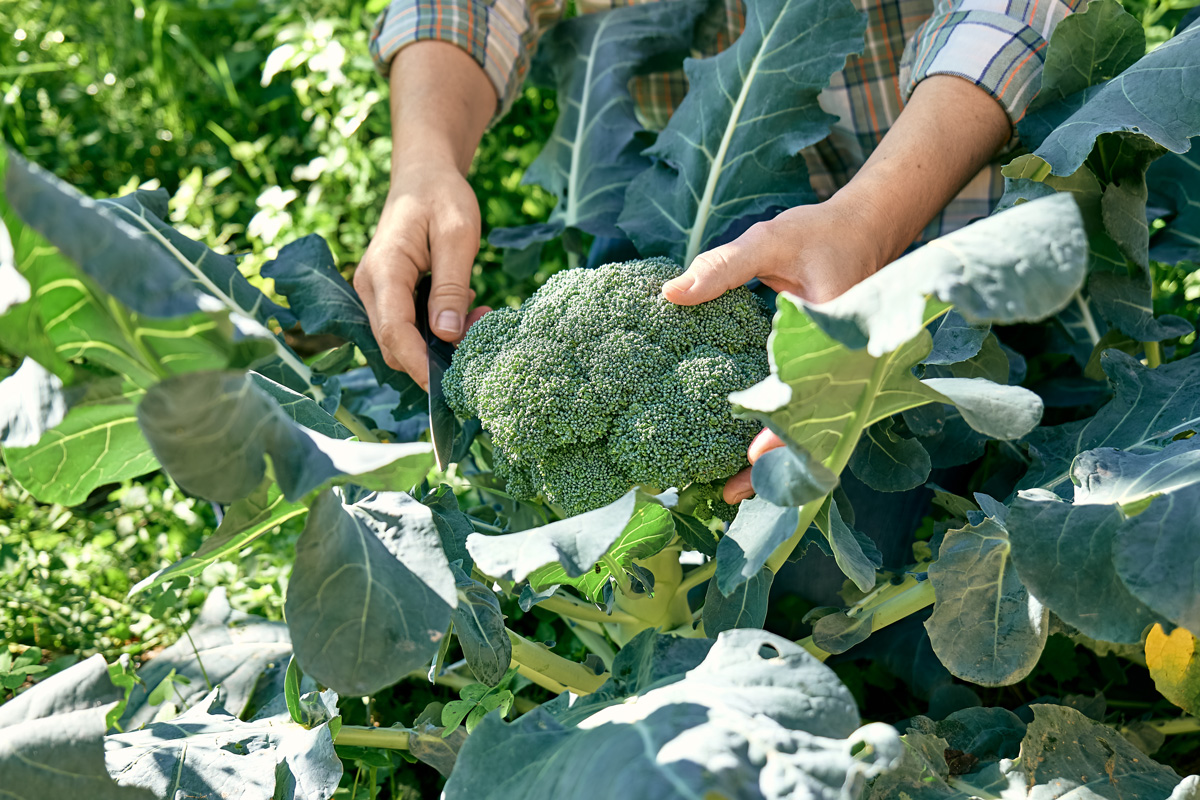
C 1022
Home Garden Broccoli
Learn how to grow broccoli, a cool-weather vegetable that can easily be grown in the garden in early spring or fall. Research shows that plants like broccoli are extremely healthy to eat and have the potential to reduce certain types of cancer.
Bob Westerfield and Malgorzata Florkowska
|
-
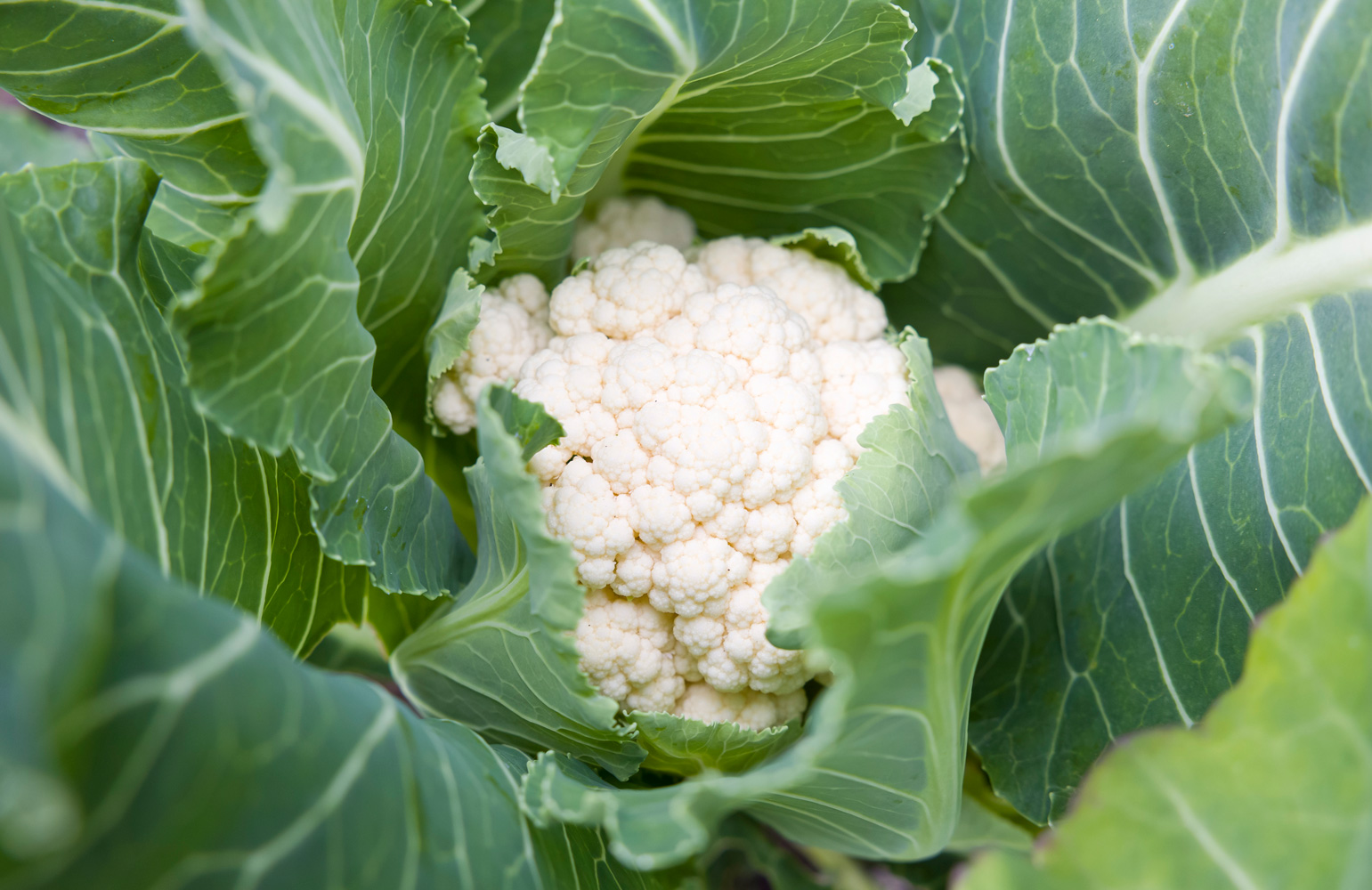
C 1023
Home Garden Cauliflower
Learn all about growing cauliflower, a cool-season vegetable that belongs to the Brassicaceae family. It sometimes is considered one of the more difficult vegetables to grow in the home garden, but it just takes a little patience. Gardeners can now select varieties of cauliflower that range in color from the traditional white to a deep purple. This resource describes how to grow cauliflower in the home garden, from starting plants from seeds to insect and disease control.
Bob Westerfield and Malgorzata Florkowska
|
-
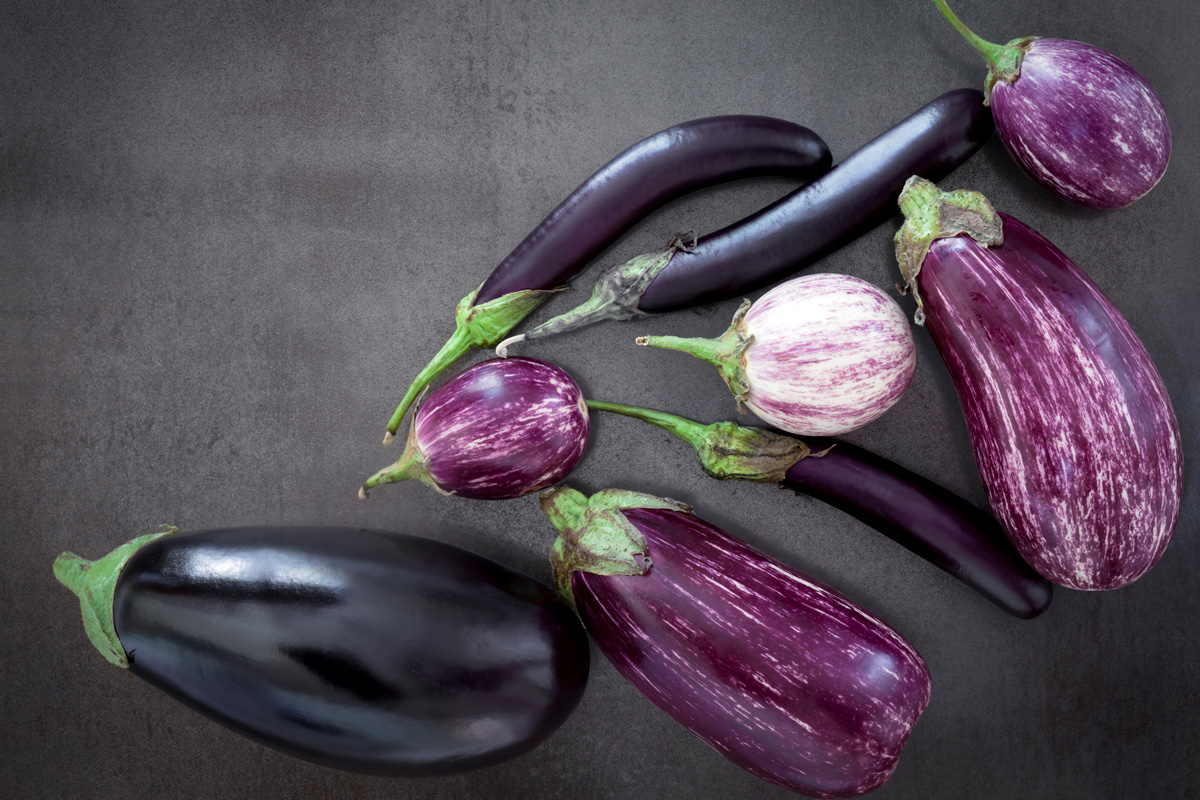
C 1028
Home Garden Eggplant
Find out how to grow eggplant, which comes in many shapes, sizes and colors. Eggplant can be grown in all Georgia gardens, and with some care, the harvest can be quite prolific.
Bob Westerfield and Malgorzata Florkowska
|
-
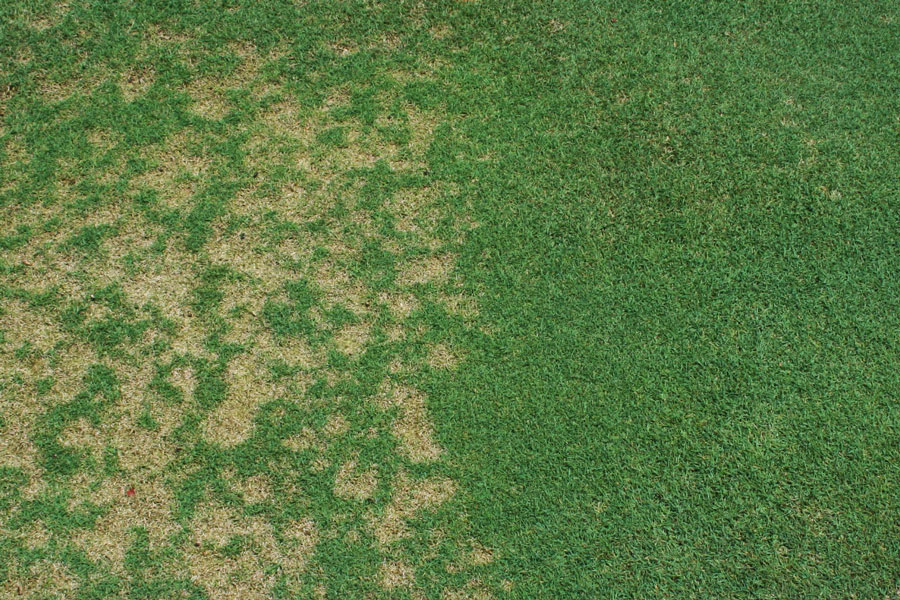
Dollar spot is an ever-present turfgrass disease that affects all warm and cool season grasses in the state of Georgia. The publication contains important information on the biology of the causal agent, detail description of the disease symptoms (aided by high quality-detailed pictures), relevant up-to-date information on conditions favoring the disease, as well as cultural, genetic and chemical methods of control. The publication is intended for turfgrass professionals, consultants, county faculty, homeowners and general public.
Alfredo Martinez, Elizabeth L. Little, Kim Toal, and Brian Vermeer
|
-
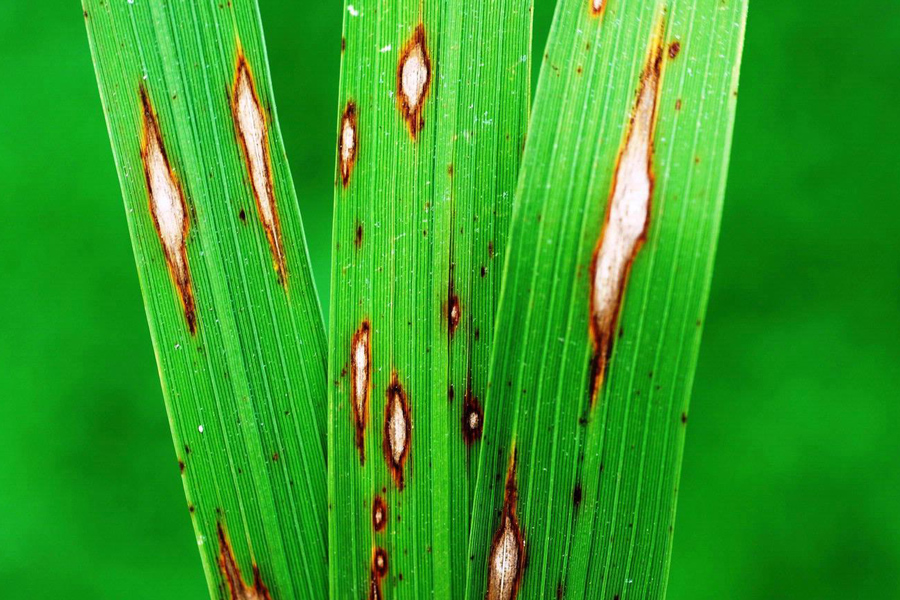
In the state of Georgia, gray leaf spot primarily affects St. Augustinegrass and is particularly chronic and damaging in the coastal area of the state. This publication contains important information on the biology of the causal agent, detailed descriptions and photos of the disease symptoms, information on conditions favoring the disease, as well as cultural, genetic, and chemical methods of control. The publication is intended for turfgrass professionals, consultants, county faculty, homeowners, and the general public.
Jake Price, Elizabeth L. Little, Alfredo Martinez, and Donald M. Gardner
|
-

Mancha dólar es una enfermedad omnipresent en cespedes de clima calido y frio en el estado de Georgia. La publicacion contiene informacion importante en la biologia del gente causal, descripcion detallada de los sintomas de la enfermedad (con fotografias de alta definicion), informacion relevante y reciente en las condiciones que favorecen la enfermedad, asi como los metodos de control cultural, genetico y quimico. Esta publicacion es dirigida a profesionales, consultores, agentes de extension y publico en general.
Alfredo Martinez
|
-

La mancha larga causada por Rhizoctonia es una de las enfermedades mas comunes y severas de cespedes de clima calido en georgia y en los Estados Unidos. La publicacion contiene informacion importante en la biologia del gente causal, descripcion detallada de los sintomas de la enfermedad (con fotografias de alta definicion), informacion relevante y reciente en las condiciones que favorecen la enfermedad, asi como los metodos de control cultural, genetico y quimico. Esta publicacion es dirigida a profesionales, consultores, agentes de extension y publico en general.
Alfredo Martinez
|